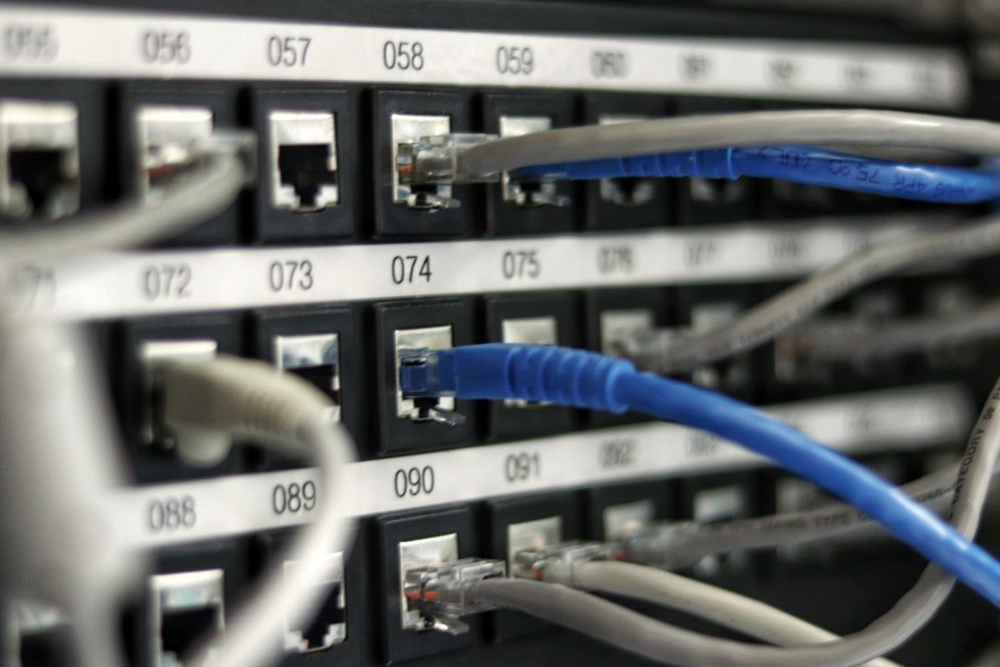
Server Maintenance Checklist-10 Important Tips When Maintaining Your Server
Server Maintenance Checklist – 10 Important Tips When Maintaining Your Server
Being in the IT industry for many years now, I’ve seen hundreds of websites come and go due to a lack of Server maintenance. This has led me to create a list of tips for maintaining your server or someone else’s. Let’s take a look at some
important steps for server maintenance over the years.
Why should you maintain your server? Maintaining your server is just like maintaining any other piece of equipment. Just like a car, it needs routine work to stay in good condition and prevent damage. Since, on a short note, you can say, your
server needs daily care and attention just like a bride.
These are just some of the many reasons why server maintenance is important to your business’s I.T. health and longevity.
- A properly maintained server can run flawlessly for years. But if server maintenance is neglected, your system’s health and stability will quickly decline.
- Server maintenance is important if you do not want your server to crash. If your hardware or management software fails, it can cause downtime, which will negatively impact your business. However, some types of periodic maintenance
are pretty much ignored and are often postponed for long periods or entirely neglected, especially if the conversation focus is primarily on addressing “major” problems.
The maintenance of your server can take a lot of time and it’s easy to get lost. Here is a checklist with the 10 most important checks you should do every day, every week, and monthly.
Here are 10 tips to help you maintain your server and prevent downtime.
1. Server Backup
Verifying backups is something that most people never do. It seems like a no-brainer, but you’d be surprised at how many backups are incomplete or corrupt. Here’s how to verify your backups are working correctly, and what to do if they’re
not.
Establish procedures to verify your backups are working. If it’s a manual process, check it at least once per day. Consider storing some of your backups off-site in case your office system is compromised. Test that the off-site copies
are accessible and readable. Also, test the restore procedure by restoring a small amount of data you have backed up.
2. Disk Usage
Keep at least 50 to 25 percent of your disk space free for smooth functioning. Delete old log files, residual files after uninstalling old software versions to avoid conflicts between new and old software to operate.
3. Raid Alarm Are Alerts, Don’t Ignore Them
RAID should be used on all production systems. Through years in IT management, we’ve discovered RAID failure occurs in around 1% of servers each year. And worked on countless systems where the RAID failed. The whole system gets compromised
with just one disk failure.
4. Update OS
Linux system updates are released frequently. Updating them constantly can be challenging. If you are not so active regarding updating your system then, you are unknowingly opening a backdoor for hackers. They scan for vulnerability in
systems and leverage these security holes to exploit your system.
Hence, regular updates are key to strengthen your security. You can use automated update management tools to update your systems. Scheduling updates also come in handy to overcome this challenge. If possible, try checking bi-weekly for
updates. If not then a monthly check is a must that you can’t ignore.
5. Update Control Panel
If you’re utilizing a control panel for your hosting or server, make sure it’s up to date as well. Updating it does not only mean updating the control panel. Rather updating all the other software that is controlled by it like Apache and
PHP versions. Because underlying apps are not updated automatically when the control panel is updated.
6. Application Update for Necessary Security Patches
More than 95 percent of all security breaches we analyze are caused by web applications. Double-check your web application updates, especially for popular programs like WordPress and Wix.
7. Hardware Update to Get Latest Security Benefits
You should check the logs for any evidence of hardware issues. Overheating alerts, disc read difficulties, and network outages could all be signs of an impending hardware breakdown. These are uncommon, but they’re worth investigating,
especially if the system hasn’t been operating within normal parameters.
8. Password Protection
Passwords should be changed every 6 to 12 months, according to me. Make it a habit. Because you never know when are your credentials are stolen. Social engineering is the most common technique used by hackers to stole passwords.
9. Server Utilization
Monitor the system resource usage. Review all your hardware resources like CPU, RAM, server disk, and network utilization. If you find it reaching limits, upgrade them immediately. You can use performance monitoring tools to get all the
analytical usage of resources in one place. Check them frequently.
10. System Security and Integrity
To maintain tour system security and integrity I suggest, periodically checklist of all the points listed. You can create a quarterly plan for the year to analyze, update, and review your system efficiency. It will protect you from unexpected
system failure and saves you bother time and money in server maintenance.
Rapid Response Is the Key
Software and hardware can fail at any time. Unfortunately, these situations are more common than most people think. As technology becomes increasingly intertwined in our lives and the pursuit of our business objectives, downtime has become
a costly enemy. To protect your online business from prolonged disruption, you need to be proactive about maintenance. The foundation for an effective server maintenance process will come from your backup strategy.
Server maintenance is something we think about but avoid doing. We don’t do it because it’s time-consuming or costly. But if we don’t invest in proactive server maintenance, all our efforts can be at risk the moment the server goes down. This
is why you need to implement an effective server maintenance plan with rapid response measures that you can regularly perform to prevent server failure.

 Phone:
Phone:
0 comment